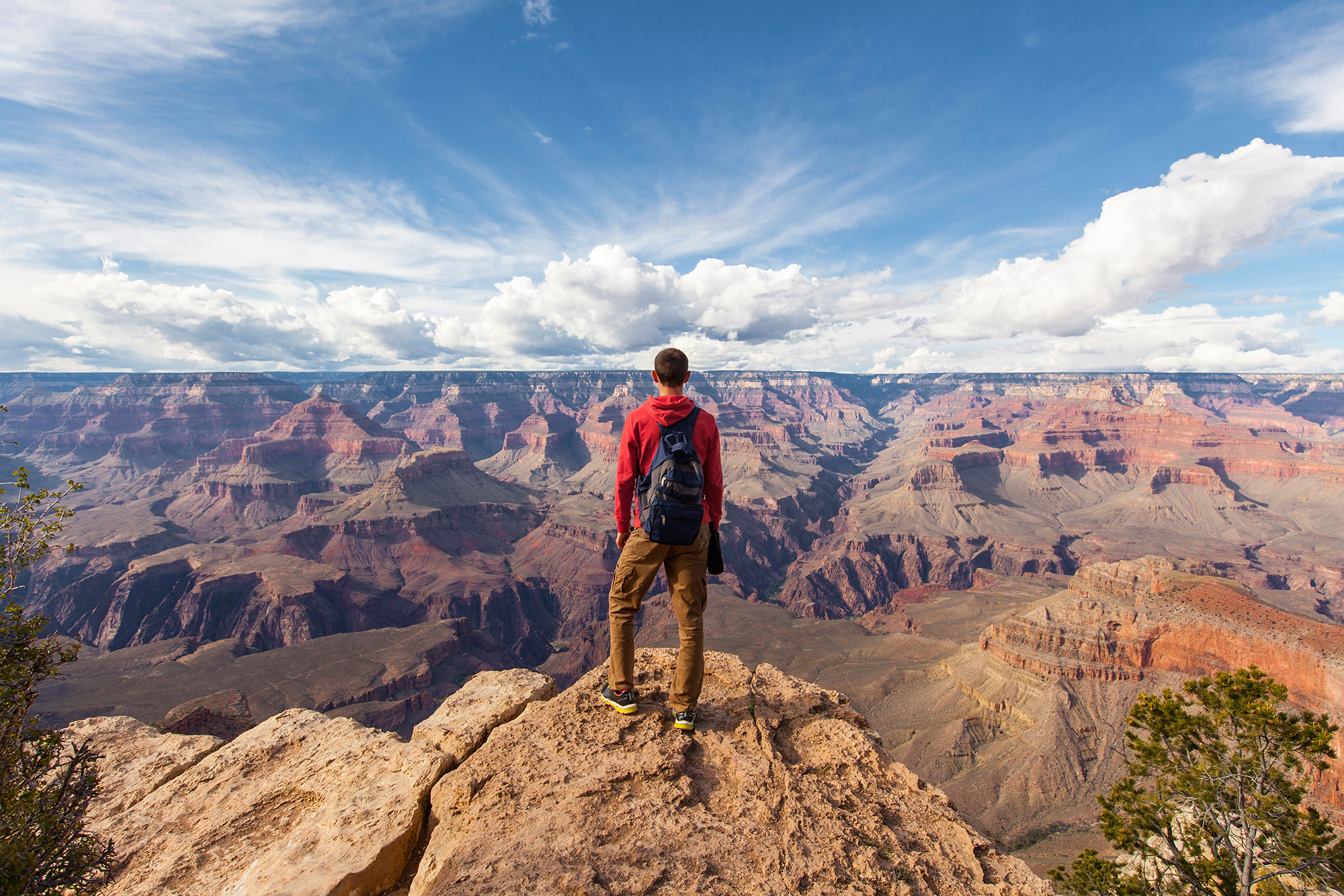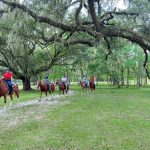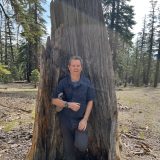My first camping trip was with my family alongside the road leading into Grand Canyon National Park nearly 50 years ago. Without a tent, proper sleeping bags, padding or even a stove, we lacked many of the amenities common to our more recent camping outings. A Styrofoam cooler was purchased specifically for this trip, and its sole purpose: keeping our food cold during this hastily planned vacation from everyday life. Years later, the memories of waking up during the night to find out that there were some unhappy ants underneath the sheet we slept on, watching the sunrise, illuminating the vastness of the Grand Canyon and pieces of that cooler endure through the years.
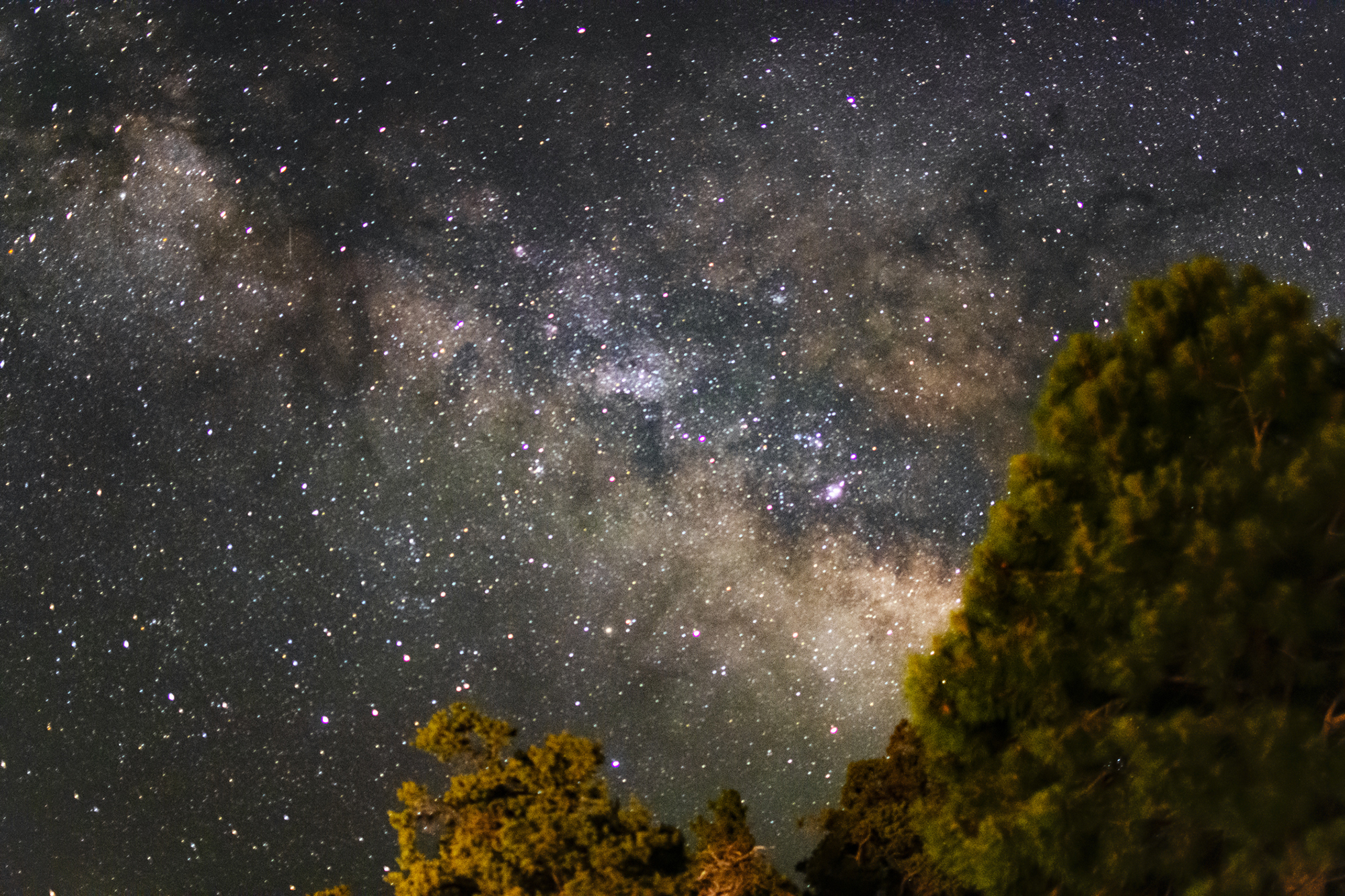
Milky Way over the Grand Canyon. Getty Images
The experience of seeing the Grand Canyon had a lasting impact that I could not comprehend at the time. Our trip began on a Friday night at dusk when we left Los Angeles. Speeding across the emptiness of the desert until fatigue prevailed, we pulled over and off the road. Looking up at the sky, I was puzzled by all the “clouds” that did not seem to move. Some years later, it dawned on me that we were seeing the Milky Way. Facing a sky full of stars and then a deep canyon that extended from one side of the horizon to the other, the world I lived in became bigger and more amazing at the same time. I eventually learned the importance of safeguarding these spaces.
Keeping America Beautiful
In my lifetime, our attitudes towards litter have come a long way. It was not uncommon for travelers to open the window of their vehicle and discard what they no longer wanted. The Highway Beautification Act of 1965 — spearheaded by Lady Bird Johnson — began the slow process of changing minds about litter on our public lands. Those of a certain age may remember the Keep America Beautiful commercial showing a Native American paddling a canoe in a dirty river, suffering the indignity of trash thrown at his feet and shedding a tear.
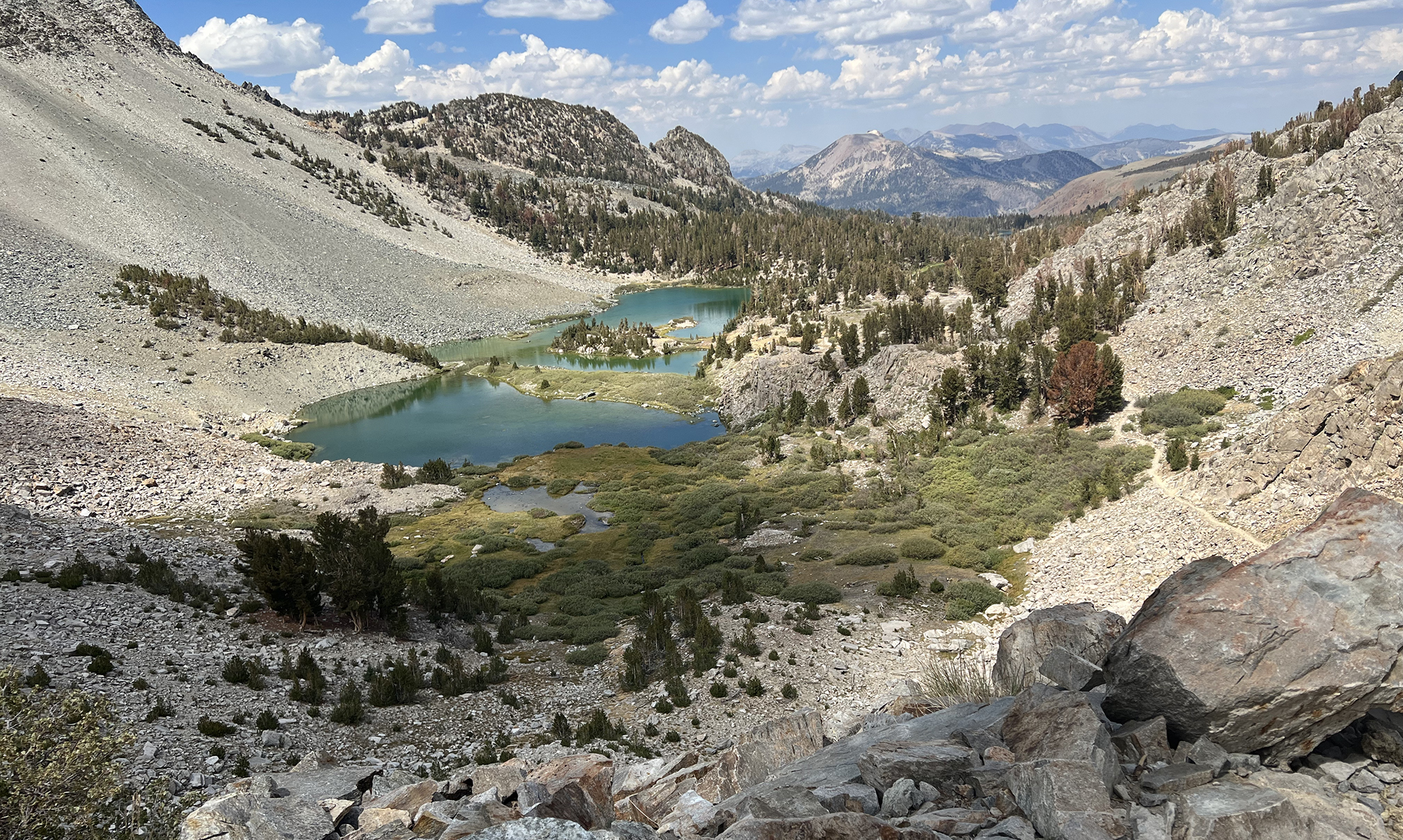
A lake in the Sierra National Forest. Photo: George Sherman
Fast forward a few decades: our last visit to the Grand Canyon was so different. We now live in a world of online reservations, full campsites, lines for dinner, restrooms, full parking lots, the ever-present shuttle buses and thousands of people each experiencing the Grand Canyon in ways unique to them. The Grand Canyon’s majesty is still there, but our impact has begun to gnaw away at the edges. One person tossing their trash on the ground is punishable by a fine, but 100,000 people doing this requires more trash cans as well as more people to empty the receptacles and place the contents into a truck that takes this refuse to a designated place. Of course, park managers need to post signs to encourage the use of these cans.
With a larger population, our impact on public lands and waterways strains even the most resilient ecosystems. If we want to preserve these lands for our children and future generations, we need to reduce the impact of our visits. Taking only pictures, leaving only footprints and treating the place like you own it will go a long way toward maintaining the beauty that drew you to a destination in the first place.
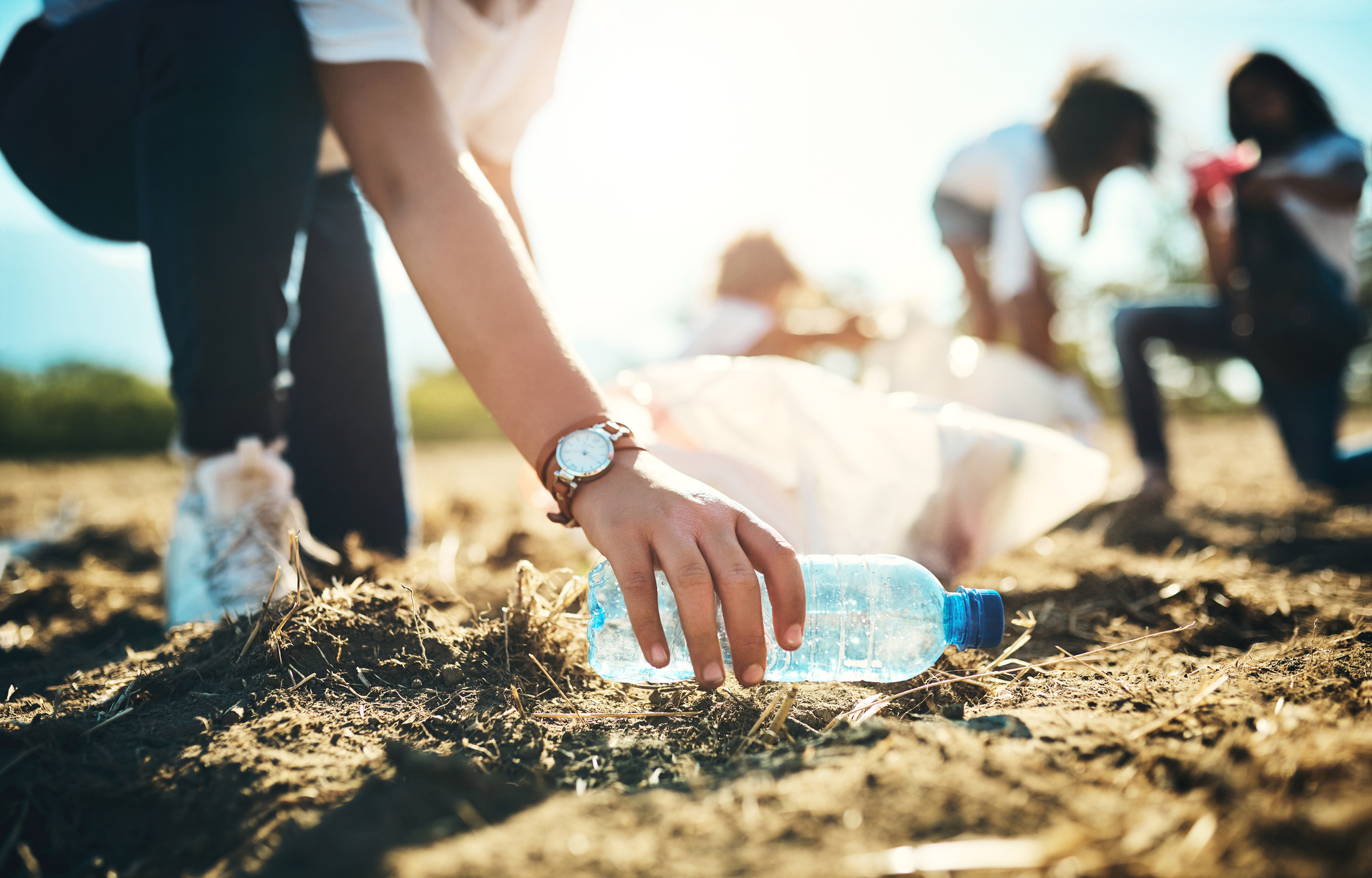
Getty Images
Bustling Outdoor Getaways
Our most recent camping trip in the Sierra National Forest was notable for the wide variety of interests: hunters, hikers, motorcyclists, tent campers and RVers. During the season when this campground is open, the population of this here can exceed 300 people — or some variation. A significant amount of trash produced by campers each week makes its way into bins, but bits and pieces evade proper disposal and take up residence in our campsites and along our roadways. Bottle caps, cans, cigarette butts, broken pieces of plastic and paper plates were among the items we cleaned up at the site where we spent the night.
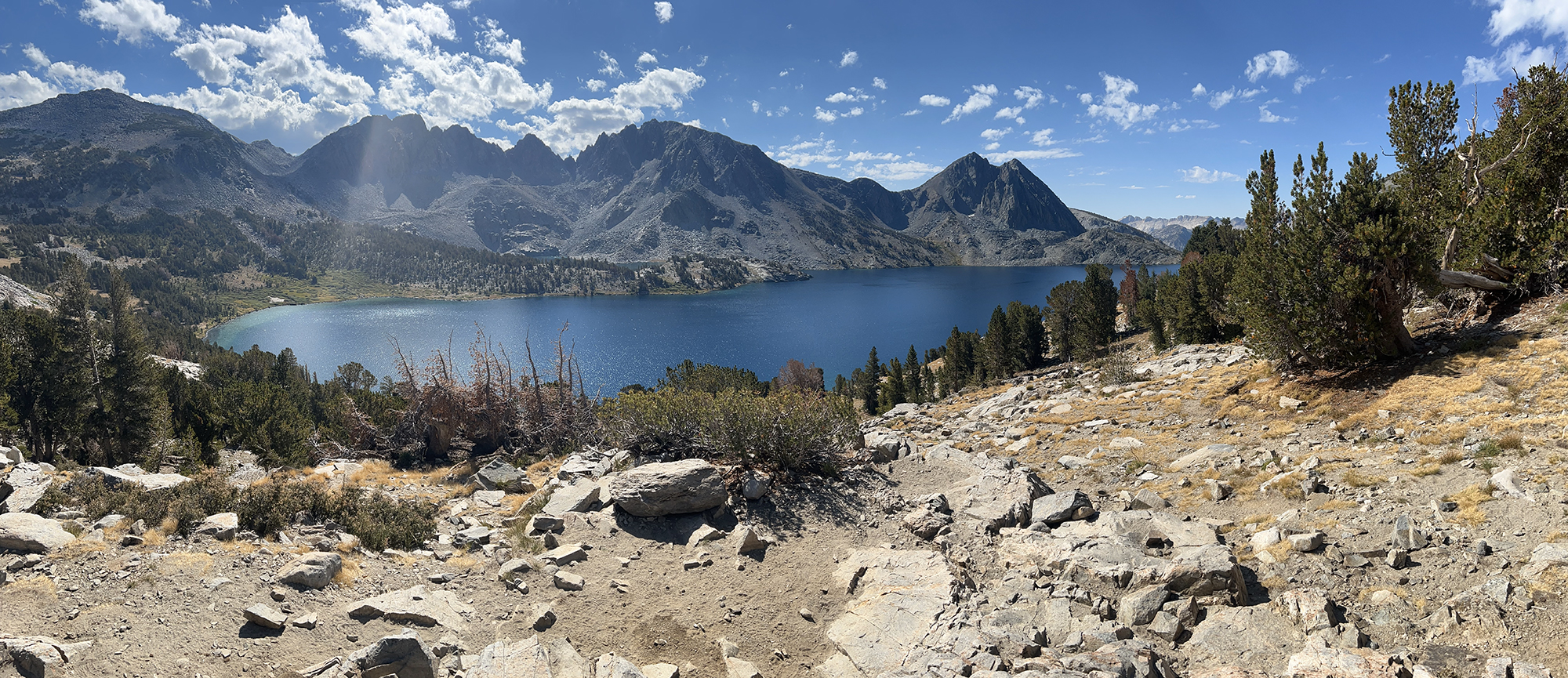
Sierra National Forest. Photo: George Sherman
The principle of leaving no trace of your visit is laudable and helps to keep the location “natural.” Why not spend a few moments picking up litter and leaving your campsite and the surrounding area cleaner than it was before your arrival. Leave no trace so that your children and their children can enjoy the vastness of our open spaces — just like I did when I was a kid.

